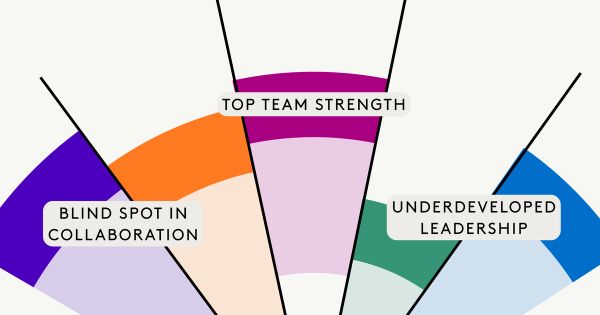Supporting diversity and inclusion

When you delve into the meaning of diversity and inclusion, it always comes back to the uniqueness of the individual.
There is an explicit requirement to understand the needs, values, and beliefs of everyone within your organisation and to allow these human beings to become their best self.
Supporting diversity and inclusion can be seen as a set of behaviours. On this level, it is easy. We follow the rules of decency, and the people we are responsible for, feel valued. We ensure our digital product comes with double A accessibility, and we know we include all learners.
Yet, the personalisation of learning, which acknowledges the full diversity of the people we work with, is much more complex. Here we explore how Entelechy begins with the human being and celebrates their uniqueness.
What does it mean to develop a human being?
Learning and development professionals rightly focus on the impact of the initiatives and solutions delivered. Success hinges on whether the person can do something better than before. Diversity and inclusion are challenging on this level of “doing”, as people become a product and the focus is on capabilities.
What if, instead, we view our employees as human beings? Each person in an organisation has a unique combination of qualities. If these qualities become the focus of learning and development, the idea of difference becomes a matter of common sense – of course, we are all different. It doesn’t matter what these differences are; it is accepted that this uniqueness is what makes people effective in many different ways.
Instead of looking at people and seeing gender, ethnicity, religion, sexuality, etc., we should look at people and see someone who is confident, expressive, visionary, compassionate, and more.
From theory to practice
All this sounds wonderful, as issues of diversity and inclusion are naturally encompassed when celebrating that our difference is at the core of being human. In practice, this sounds unrealistic and probably open to challenge by those ensuring compliance within an organisation.
Let’s imagine a scenario where you are presented with ten people and must select one for an important project. You are given their CVs, and using best practice, you do not look at the identity markers. Instead, you contact people who have worked with these individuals before and ask what they are like. You want to know about their character. You want to know if this person will deliver for you.
Why should learning and development be any different to this?
A person in your organisation wants to be the go-to option for your project. Help them develop the character that you need. At no point will the demographic details of this person need to come into play or their presumed capabilities. Instead, you only know they desire to have the character to deliver for you.
Reframing our perspective
It is challenging to think that professional development can move away from the idea of capabilities. Yet, the truth is, to properly deliver on diversity and inclusion, we must celebrate differences and see it as common sense that a human being is unique. Then, if you want these human beings to do their best for you, you need to help them develop the character that would make them the stand-out choice for your next project. When you reframe training from doing to being, your learning and development cannot be fairer.
You may also like

Summer Break: A Guide for Graduates

